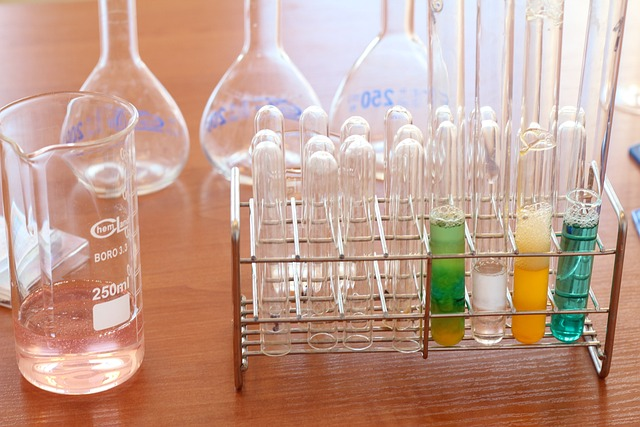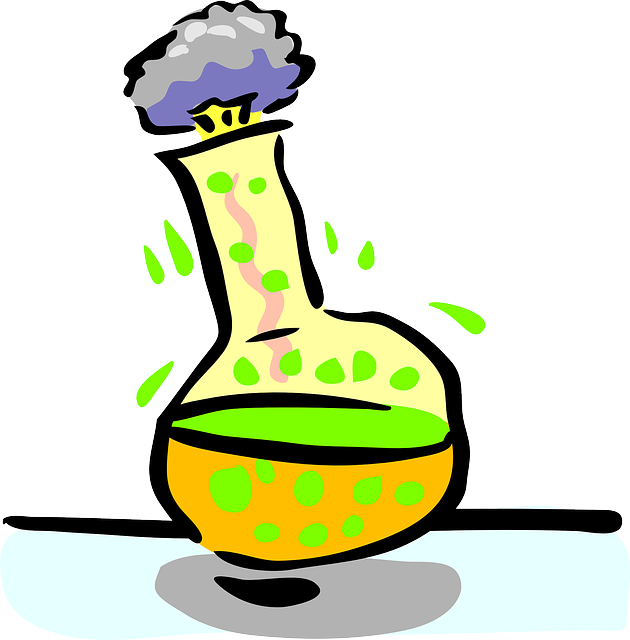In laboratory settings, using various types of reagents is crucial for conducting chemical reactions, performing tests, and achieving accurate results. Reagents play a vital role in binding antibodies, facilitating analytical processes, and aiding in synthesizing desired compounds. Depending on their specific applications, different grades of reagents are available, each with its unique characteristics and uses. Understanding the different types of laboratory reagents and their uses is fundamental for researchers and scientists to conduct experiments effectively and obtain accurate results.
Analytical reagents guarantee accurate measurements and dependable data, while synthesis-grade chemicals are used for compound creation. For utmost purity requirements, extra pure-grade chemicals are employed, and test reagents are utilized for substance detection. Certain reagents specialize in compound oxidation or the elimination of toxins, while others are designed to be acid-sensitive, serving specific purposes in various applications.

Reagents In chemistry
Chemical reagents are substances used in chemical reactions to bring about a desired transformation in the reactants. They can be broadly categorized into various types based on their functions and applications. Here are some common types of chemical reagents and their uses:
Acidic Reagents:
Examples include sulfuric acid (H2SO4) and hydrochloric acid (HCl). You can use them to create acidic conditions in reactions, protonate functional groups, and initiate certain chemical reactions.
Basic Reagents:
Examples include sodium hydroxide (NaOH) and ammonia (NH3). You can use them to create basic conditions in reactions, deprotonate functional groups, and initiate certain chemical reactions.
Oxidizing Reagents:
Potassium permanganate (KMnO4) and hydrogen peroxide (H2O2) serve as examples of oxidizing reagents. They find application in oxidation reactions by introducing oxygen or removing electrons from other compounds.
Reducing Reagents:
Examples include sodium borohydride (NaBH4) and lithium aluminum hydride (LiAlH4). They are used to donate electrons and reduce other compounds during reduction reactions.
Precipitating Reagents:
Examples include silver nitrate (AgNO3) and ammonium hydroxide (NH4OH). You can use them to form insoluble precipitates, which aid in the separation or identification of specific ions or compounds in a solution.
Complexing Reagents:
Examples include ethylenediaminetetraacetic acid (EDTA) and dimethylglyoxime. You can use them to form stable complexes with metal ions, facilitating their separation or detection.
Indicator Reagents:
Examples include phenolphthalein and bromothymol blue. They change color in response to a change in pH, allowing for the determination of the endpoint or equivalence point of a titration.
Reagents Vs. Reactants Vs. Solvents And Catalysts
Distinctions exist between reagents, reactants, solvents, and catalysts in chemical reactions. Reactants are starting materials that actively partake in the reaction and undergo transformation. In contrast, solvents aid in dissolving or diluting reactants and reagents without direct involvement. Catalysts, like enzymes or transition metals, accelerate reaction rates without consumption. Understanding these roles clarifies their unique contributions to chemical processes.
Reagent Test Kit And How It Is Used
Laboratories and diagnostics frequently use pre-packaged reagent kits, containing necessary materials for specific chemical analyses or tests, to standardize and streamline procedures. Reagent kits typically contain all the required reagents, instructions, and sometimes specialized equipment to ensure accurate and reproducible results. They are widely employed in fields like clinical diagnostics, environmental testing, and research laboratories to perform various biochemical, molecular, or analytical assays.
What Is A Benedict's Reagent Test?
Chemists employ Benedict's reagent test as a chemical test to detect reducing sugars, including glucose and fructose, in a solution. The test is based on the ability of reducing sugars to reduce copper(II) ions (Cu2+) to copper(I) ions (Cu+), resulting in the formation of a colored precipitate. Benedict's reagent contains copper(II) sulfate, sodium carbonate, and sodium citrate.
To conduct the test, mix the sample suspected to contain reducing sugars with Benedict's reagent and heat the mixture in a water bath. If reducing sugars are present, they react with the copper(II) ions, causing a color change from blue to green, yellow, orange, or red, depending on the amount of reducing sugar present. The color intensity is indicative of the concentration of reducing sugars in the sample.
You can use Benedict's reagent test in various applications, including clinical diagnostics to detect sugar abnormalities in urine (e.g., diabetes) and in food science to determine the sugar content in products like fruit juices and jams.
How Are Reagents Graded?
You can grade reagents based on several factors:
Purity:
Purity levels categorize reagents from technical grade (lowest purity) to analytical grade (highest purity). Sensitive analytical techniques usually necessitate the use of higher-purity reagents.
Impurities:
You can grade reagents based on the allowable impurity levels. Different grades may have other specifications regarding impurities, such as heavy metals, water content, or organic contaminants.
Application-Specific Grading:
Certain reagents can receive grading based on their suitability for specific applications or industries. For instance, pharmaceutical-grade reagents often adhere to stricter quality control standards compared to industrial-grade counterparts.
Standards And Certifications:
Grading reagents is possible based on their compliance with specific standards or certifications established by regulatory bodies or industry organizations. These standards play a crucial role in ensuring consistent quality and reliability.
Grading of reagents is important to ensure the reliability and accuracy of experimental results and meet the specific requirements of different applications and industries.
Technical Grade Chemicals
Industrial use primarily drives the design and purpose of technical-grade chemicals, also referred to as commercial-grade chemicals. As they contain impurities, they are unsuitable for medical or pharmaceutical applications. Nonetheless, these chemicals find utility in qualitative tests and non-medical uses. The technical grade classification offers cost-effective solutions across diverse industries, ensuring their intended functionality.
Test Reagents Bind Antibodies
Test reagents bind specifically to antibodies in immunoassays and diagnostic tests, enabling the recognition and attachment of target antigens for the detection and quantification of analytes. Binding to antibodies facilitates the formation of antibody-antigen complexes, visualizable or measurable, yielding valuable information regarding the presence and concentration of target molecules in a sample. Test reagents find wide application in clinical diagnostics, biomedical research, and drug development, playing a vital role in the precise and sensitive detection of various diseases and biomarkers.
Oxidize Acid-Sensitive Compounds
Chemical reactions selectively utilize oxidizing reagents to oxidize acid-sensitive compounds. Acid-sensitive compounds can degrade or decompose in acidic conditions. However, utilizing oxidizing reagents like potassium permanganate (KMnO4) or hydrogen peroxide (H2O2) offers a gentler method for oxidation, avoiding harsh acid conditions. These reagents enable the conversion of functional groups or compounds by donating oxygen or removing electrons, all within a neutral or mildly acidic reaction environment.
By utilizing oxidizing reagents, researchers can achieve controlled and targeted oxidation reactions, even with acid-sensitive compounds, without compromising their stability or integrity. This enables the synthesis of specific compounds or the modification of molecules in a more controlled and efficient manner.
Conclusion
Laboratory reagents are crucial in various chemical reactions and tests, serving diverse purposes. Test reagents enable the binding of antibodies, allowing for accurate detection and quantification of target analytes. Oxidizing reagents facilitate controlled oxidation reactions and can selectively eliminate toxic compounds. Different grades of reagents, such as ACS-grade chemicals and AR-grade chemicals, offer varying levels of purity and meet specific specifications.
These reagents ensure reliable results and exceed the standards set by AR-grade specifications. Understanding the different types of laboratory reagents and their uses is vital for researchers and scientists to conduct experiments effectively and obtain accurate and meaningful data.

